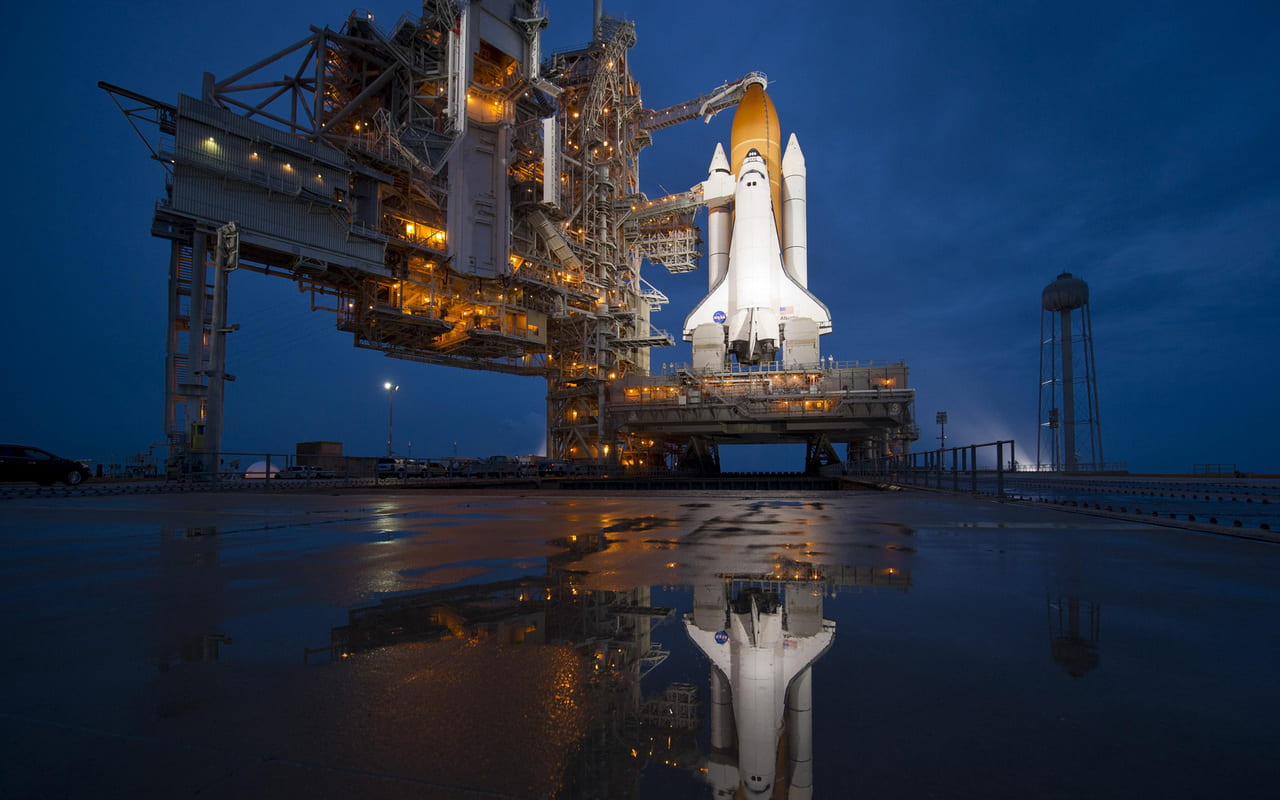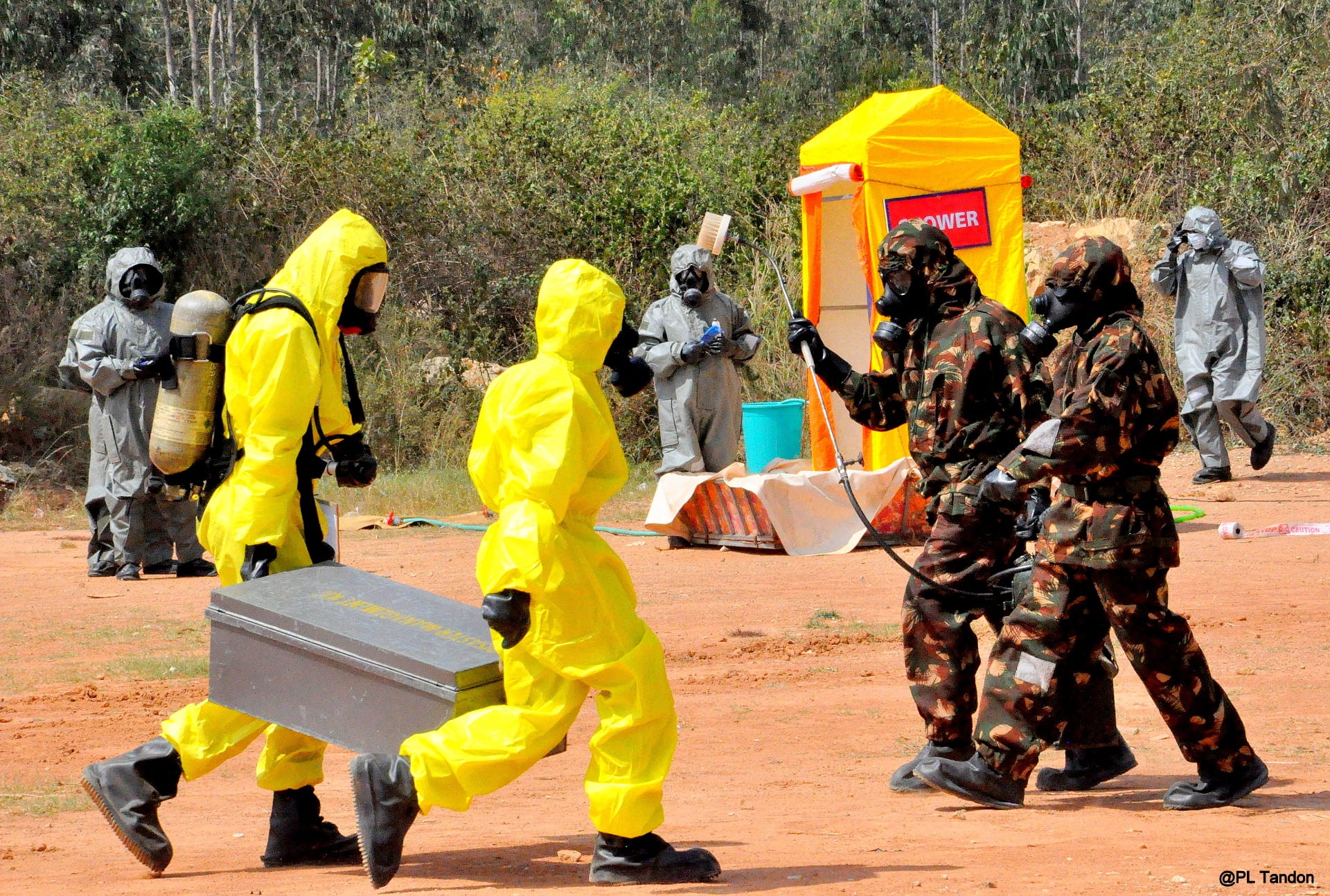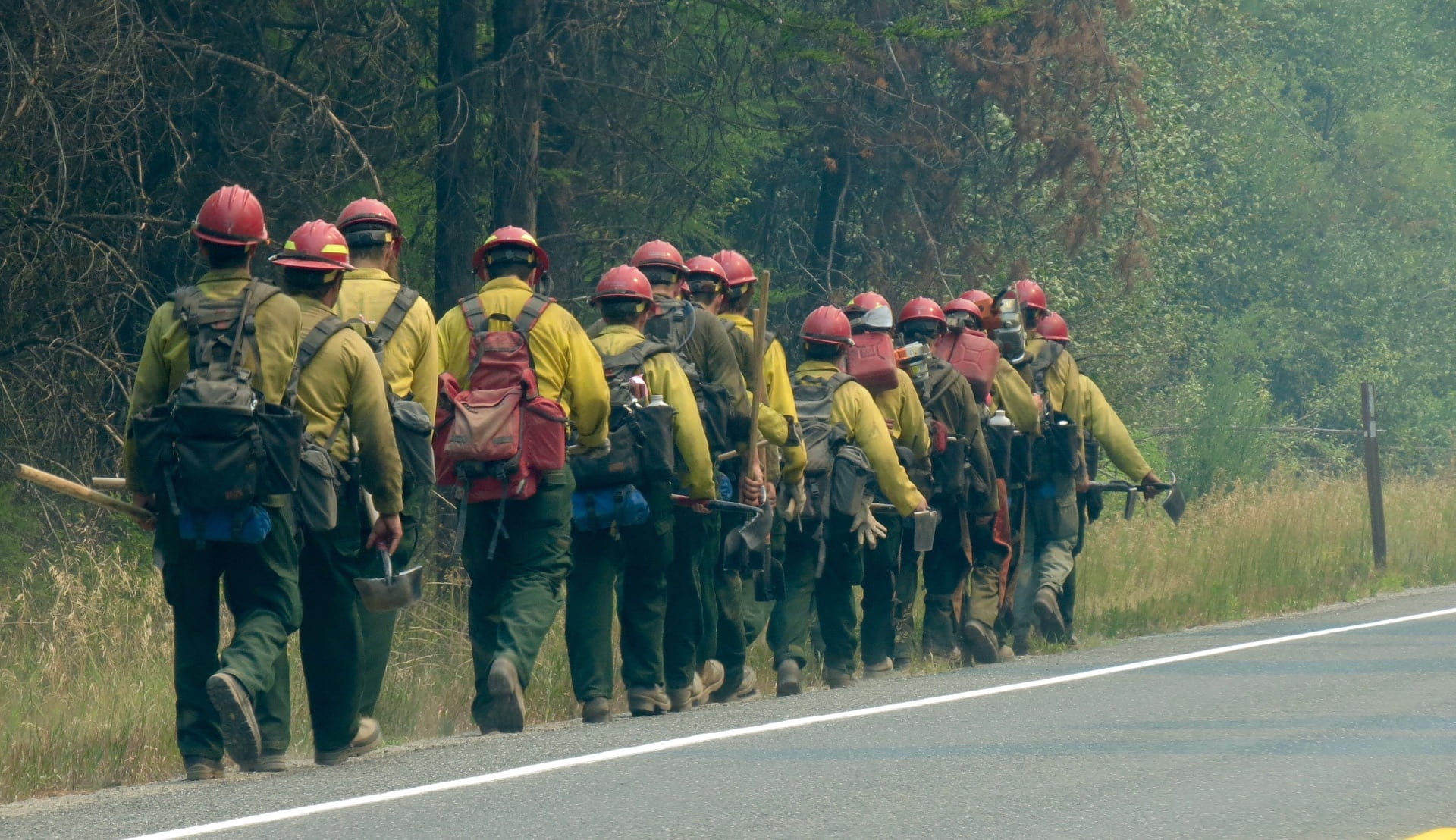by Wajiha Mekki
November 10 is the International Day of Science and Peace (IDSP), also known as the World Science Day for Peace and Development. The United Nations host this international event.
History of IDSP
Established in 1986, this historical day was initially developed to commemorate the birth of Marie Curie, a notable physicist and humanitarian. Curie was known for her innovative work within radioactivity, contributing to the discovery of radium and polonium. By 1999, its purpose changed to reflect the global needs of the scientific and humanitarian community, utilizing the day to affirm the global commitment to attaining the goals of the Declaration on Science and the Use of Scientific Knowledge. The day and annual summit unite governmental, intervention mental, and non-governmental organizations meaningfully to promote international solidarity for shared sciences between countries and renew the global commitment to use science to benefit communities that need it most.
The overall goal of IDSP is to help achieve the UN 2030 Agenda and the 17 Sustainable Development Goals, creating a plan for prosperity for people and the planet.
ISDP 2023
The 2023 theme for IDSP will be “Bridging the Gap: Science, Peace, and Human Rights.” This emphasizes the interconnectedness between science and peace, having a role in advancing human rights. Science is a valuable tool for making technological advancements, but it is also helpful in helping address social issues, reducing conflicts, and sustainably promoting human rights.

Source: Flickr
Science and Human Rights
Science is frequently associated with helping improve medical interventions, solving coding bugs, and completing mathematical equations. However, contrary to popular belief, science is essential to human rights. Firstly, science has a valuable role in promoting sustainable development. Utilizing scientific methods, data can be collected to quantify the progress toward fulfilling the 17 UN Sustainable Development Goals. Ranging from climate change to poverty to infant mortality, scientific data collection and analysis methods are needed to efficiently and effectively respond to global issues. Research and innovation also contribute to the mobilization of resources to historically underserved communities, allowing them to gain access to necessities.
Within innovation, shared desires and interests help unite countries with singular goals. Scientific diplomacy is valuable in bringing countries to the table of collaboration. This deepens connections between countries as it relates to trade and commercial interests and helps foster peaceful relationships, prioritizing human rights.
With the appropriate distribution of resources, scientific advancements help improve the quality of life for communities internationally. Applying what is traditionally “scientific” to communities gives them a chance to live a better quality of life in a cleaner environment.
It is available to educate the public about the vital role of science and encourage innovation to solve global challenges.
How Countries Can Get Involved
Beyond participating in IDSP, countries can have a role in unifying science and human rights through many different avenues. One route is to protect and invest in scientific diplomacy. By allocating funding to scientific innovation and multilateral collaborations, governments can ensure that they can focus on shared goals with their international counterparts, working collaboratively to promote peace and cooperation. Another route is developing policies that protect innovation while developing guardrails for its usage, ensuring it is mobilized to those who need it most. States have a responsibility to be an advocate and protectors of their citizens, and by working to ensure that scientific diplomacy is used for the betterment of people abroad, they can elicit change in a meaningful way.

How Citizens Can Get Involved
Citizens have a responsibility to promote peace with science, as well. The role of a community member is to primarily use one’s voice to advocate for innovation and peace; by doing so and mobilizing one’s own story, organizations are held accountable for their actions. From governmental entities, non-profit organizations, and grassroots movements, stakeholders are supported by the citizenry. It is also important to have open conversations to explore further the nuanced introspection of science, peace, and human rights, continuing to promote awareness and understanding.


